When it comes to autonomous driving, many friends will think of all kinds of sensors, high-precision maps, GPS, etc., in the end, the autonomous driving model is as impeccable as a fully armed fighter. Among them, the laser radar plays a very important role, then what is the existence of the laser radar, and what characteristics does it have compared with the millimeter wave? Then we will explore the laser radar.
What is a laser radar?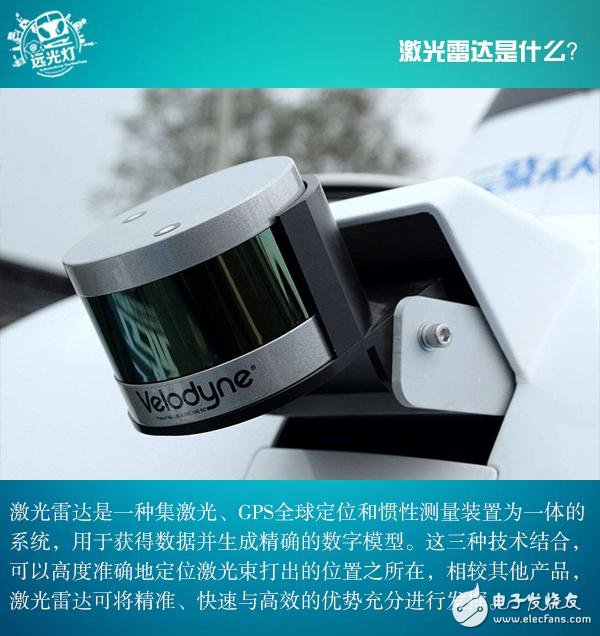
Lidar, abbreviated as LiDAR, is a system that integrates laser, GPS global positioning and inertial measurement devices to obtain data and generate accurate digital models. The combination of these three technologies allows for a highly accurate positioning of the position where the laser beam is shot. Compared to other products, Lidar can fully exploit the advantages of precision, speed and efficiency.
Lidar is equivalent to the human eye:
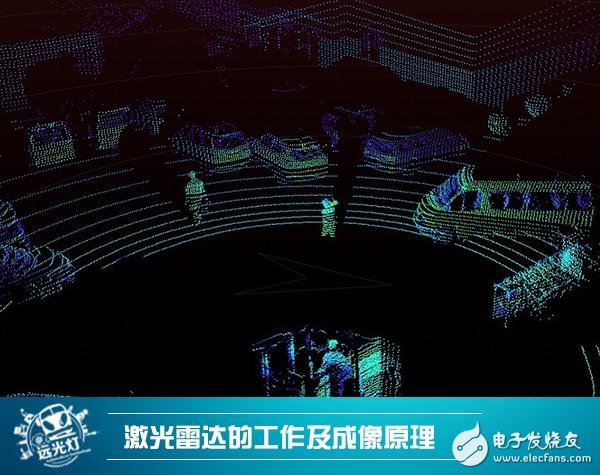
Lidar is also a kind of sensor. Other sensors include camera, ultrasonic, infrared, millimeter wave radar, etc. The biggest feature is that it can generate three-dimensional position information, and can quickly determine the position and size of the object. External topography and even materials, while acquiring data and generating accurate digital models.
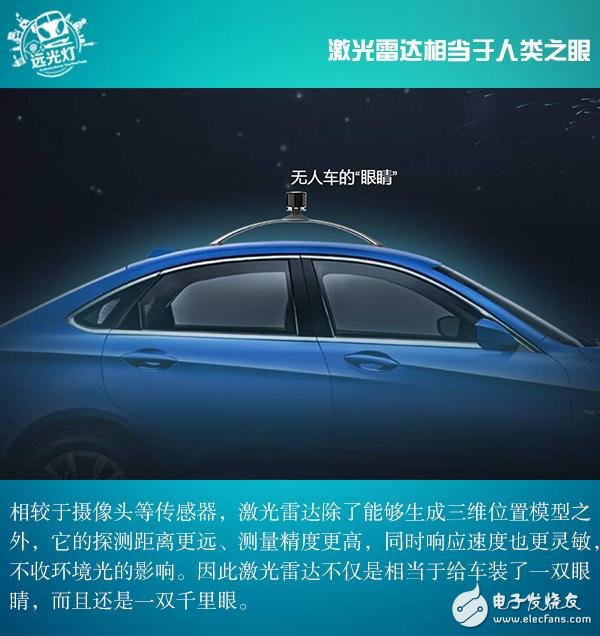

Compared with sensors such as cameras, laser radar can not only generate three-dimensional position models, but also has a longer detection range, higher measurement accuracy, and a more sensitive response speed, which does not affect the ambient light. Therefore, the laser radar is not only equivalent to giving the car a pair of eyes, but also a pair of clairvoyance.
Current types of lidar:In terms of type, laser radar can be divided into mechanical laser radar and solid-state laser radar. Mechanical laser radar has the ability to control the laser emission angle, while solid state relies on electronic components to control the laser emission angle. Compared with the traditional mechanical type, the solid-state radar has a larger scanning range, a faster response speed, and the cost is effectively controlled, and it becomes inevitable to become mainstream.

From the perspective of the number of internal harnesses, Lidar can be divided into single-beam and multi-line laser radar. The traditional single-beam radar scan only produces one scan line at a time, so it generates flat information. Despite this, single-wire radars have a wide range of applications due to their faster measurement speeds, such as topographic mapping.
However, the traditional single-wire radar is definitely not suitable for autonomous driving models because of its very small scanning angle. So how to solve this problem, the increase of the wire harness is the most simple and direct way, the more the wire harness, the wider the detection range, the more accurate the data. Therefore, the current laser radar products on the market are 4-wire bundle, 8-wire bundle, 16-line bundle, 32-line bundle and 64-line bundle, etc. Of course, over time, the more functional 128-line laser radar has also appeared.
"Love and kill" laser and millimeter wave:
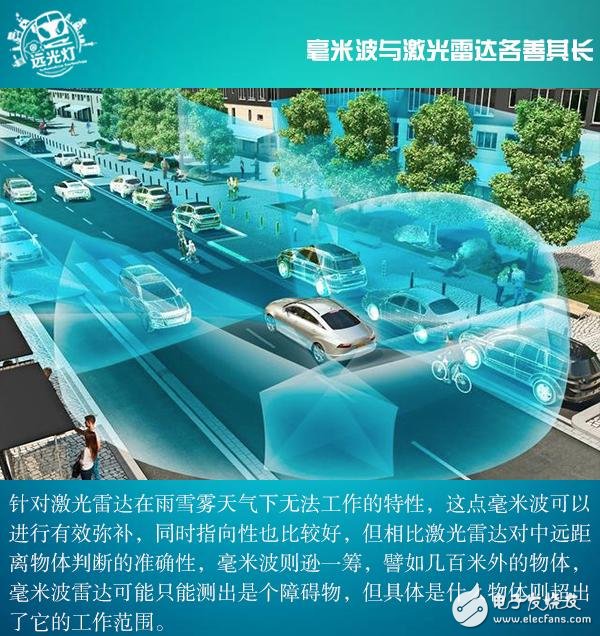
Lidar and millimeter wave radar can be described as love and kill. For the characteristics that laser radar can't work under rain, snow and fog, this millimeter wave can be effectively compensated, and the directivity is better, but compared with the laser radar for medium and long distance objects. The accuracy of the judgment, the millimeter wave is inferior, such as an object hundreds of meters away, the millimeter wave radar may only be detected as an obstacle, but the specific object is beyond its working range.
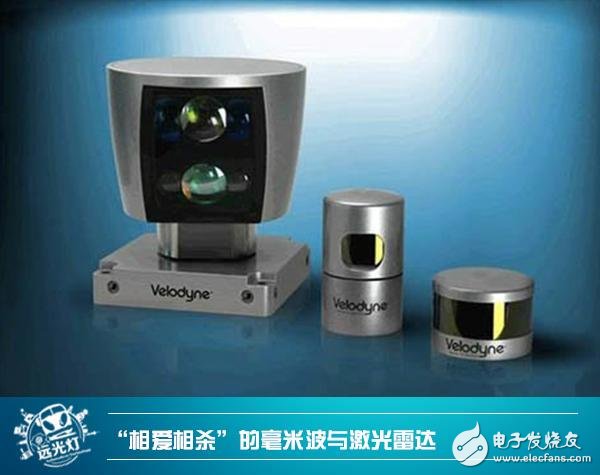
However, under today's conditions, Lidar and millimeter waves have been completed to be compatible, and the cameras constitute the sensor's "Three Musketeers". Their functions are determined by their nature, and all three are indispensable. .
The millimeter-wave radar is mainly used for obstacle detection; it is difficult for the camera to obtain the model of the three-dimensional object, including its interference with the environment, and the camera is very good for classifying and tracking the object; the laser radar is generally used. For positioning, obstacle detection, object classification, dynamic object tracking and other applications.
Lidar precision is not the higher the better?
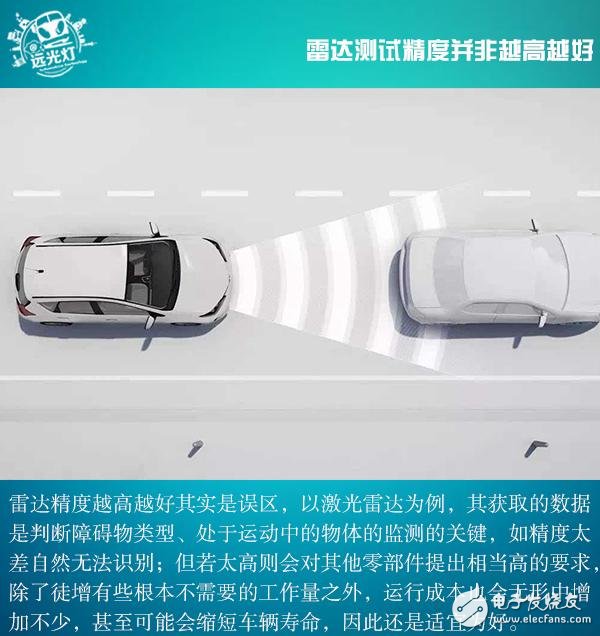
Many friends think that in today's rapid development of science and technology, the accuracy of radar is naturally higher. But I don't know if this involves a misunderstanding of deviation. Taking Lidar as an example, the data obtained is the key to judging the type of obstacles and the objects in motion. If the accuracy is too poor to be recognized, we can understand this. However, if the accuracy is too high, it will put forward quite high requirements for other parts of the laser radar and even the self-driving model. In addition to increasing the amount of work that is not needed at all, the running cost will increase invisibly, even It may shorten the life of the vehicle, so it should be said that "there is not much more, just the right amount."
What if there is no lidar automatic driving?Lidar must be used for automatic driving. If the laser radar can effectively control the cost, the driving assistance function with lower ADAS level also needs laser radar. The reason for this is that camera-based ADAS and driverless systems, or the limitations of using millimeter waves alone, are quite large.
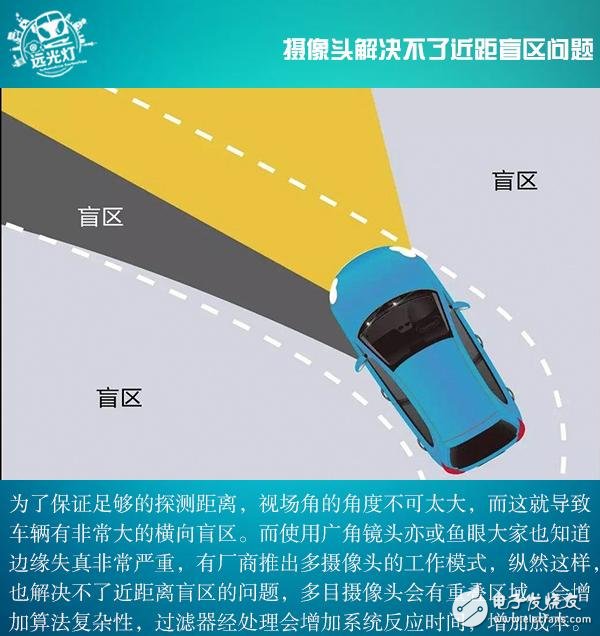
The first is the problem of the angle of view. In order to ensure a sufficient detection distance, the angle of the field of view cannot be too large, and this leads to a very large lateral blind zone. The use of wide-angle lenses or fisheyes also knows that edge distortion is very serious. For some manufacturers, the multi-camera mode of operation has been introduced. Even if this does not solve the problem of close-range blind spots, the same multi-camera camera will have overlapping areas. It will increase the complexity of the algorithm, and the use of filters will increase the system response time and increase the cost.
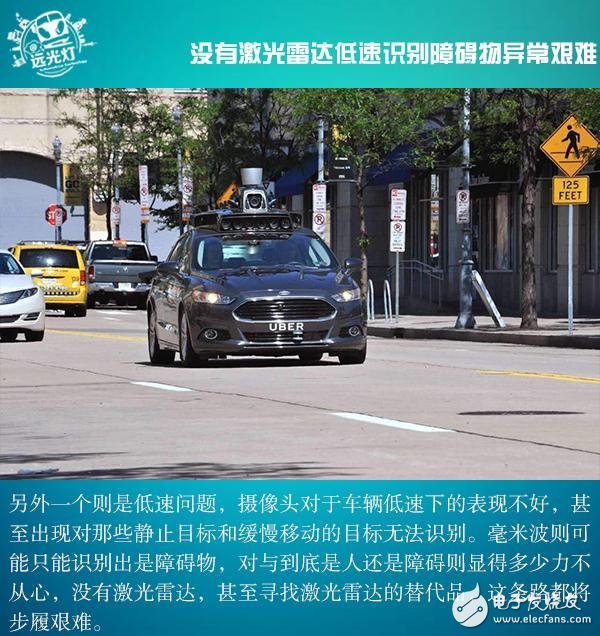
Secondly, the low speed problem, the camera does not perform well at low speeds of the vehicle, and even the targets that are stationary and slowly moving are not recognized. Millimeter waves may only identify obstacles, and how difficult it is to confront people or people, without laser radar, or even looking for alternatives to lidar, this road will be difficult.
Of course, to solve the problem of automatic driving, the improvement and matching of the industrial chain is also a problem that cannot be ignored. According to the author's conversation with relevant people, the laser radar, autopilot chips and electric vehicle battery packs of self-driving cars in the next few years will be more or less incapable of matching production capacity, and the cost control is also high. Big problem. Therefore, in addition to hard conditions such as 5G, the road to autonomous driving still has a long way to go, and the image of the laser radar is still unknown.
to sum up:
It can be seen from the above that without the lidar, the development of autonomous driving will be difficult. But even so, the safety of autonomous vehicles is especially important, even if the current safety rate reaches 99%, because the remaining 1% is likely to be human, and this is in the previous US uber Arizona There has been a blood lesson in the incident. We hope that the future autonomous driving models will appear in front of us with a better posture, but the freezing of the three feet is not a cold day, and the completion of Rome is not a day's work. We will keep enough for this long road. Patience, blue ocean breakout, just around the corner!
Guii Labs Vape,Fume Extra 1500 Puffs ,Disposable Vapor Stick ,Vape Pen Pop
Tsvape E-cigarette Supplier Wholesale/OEM/ODM , https://www.tsecigarette.com